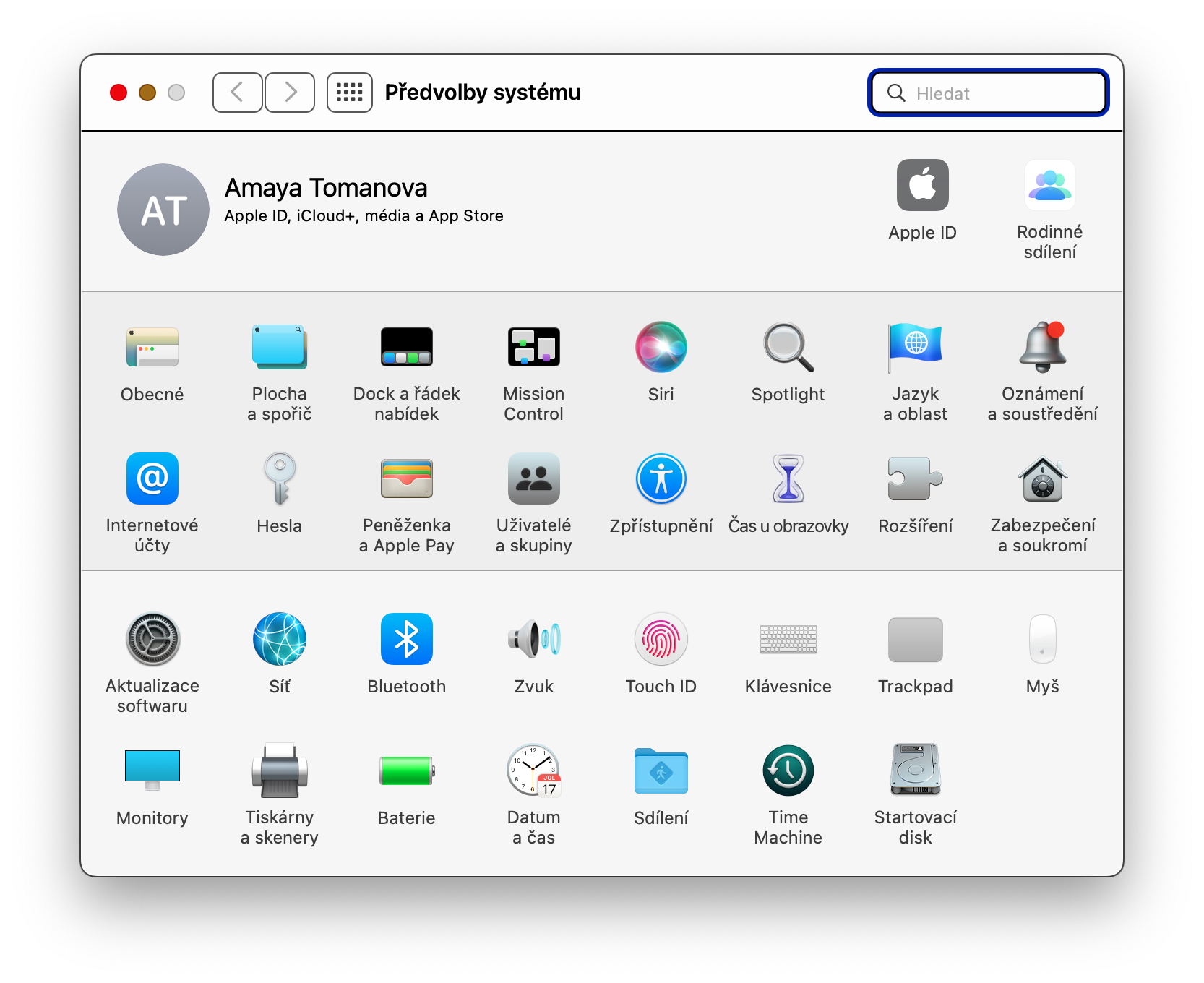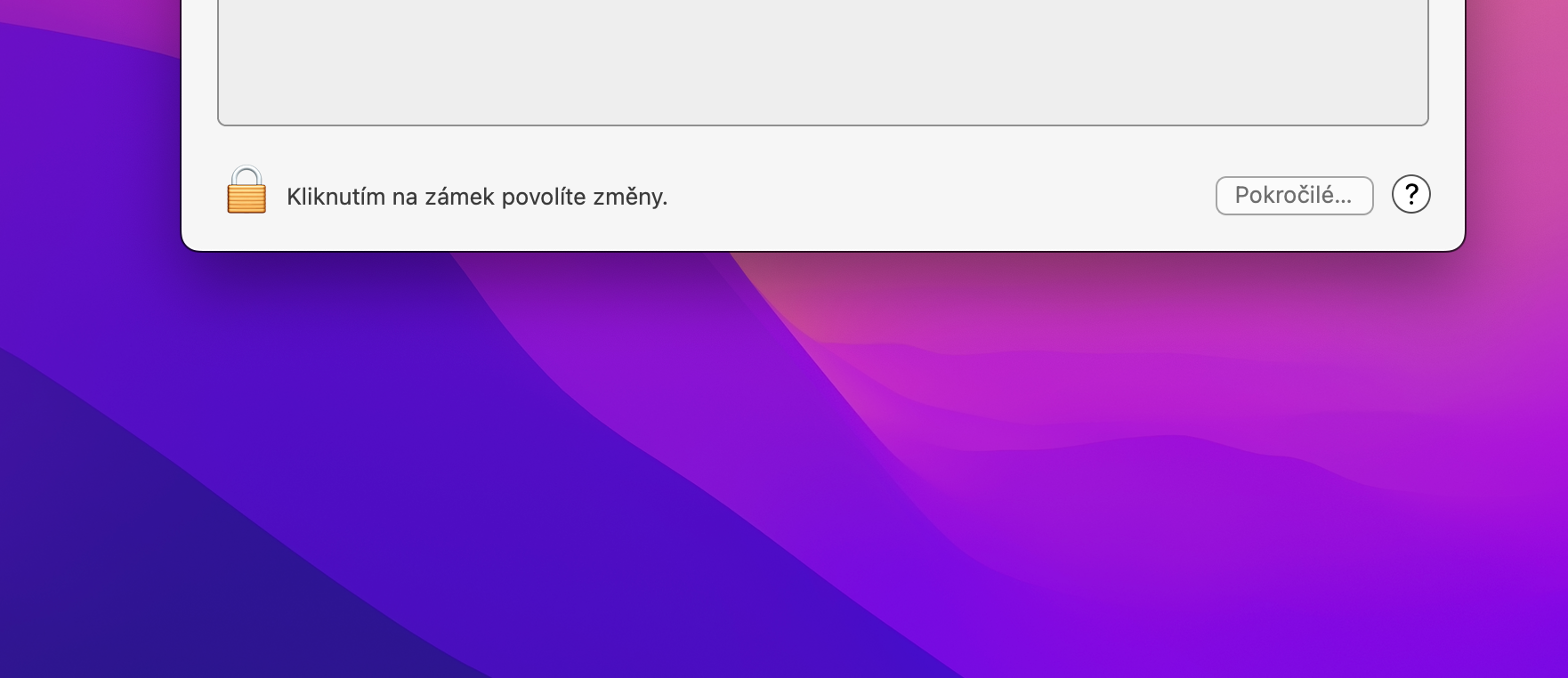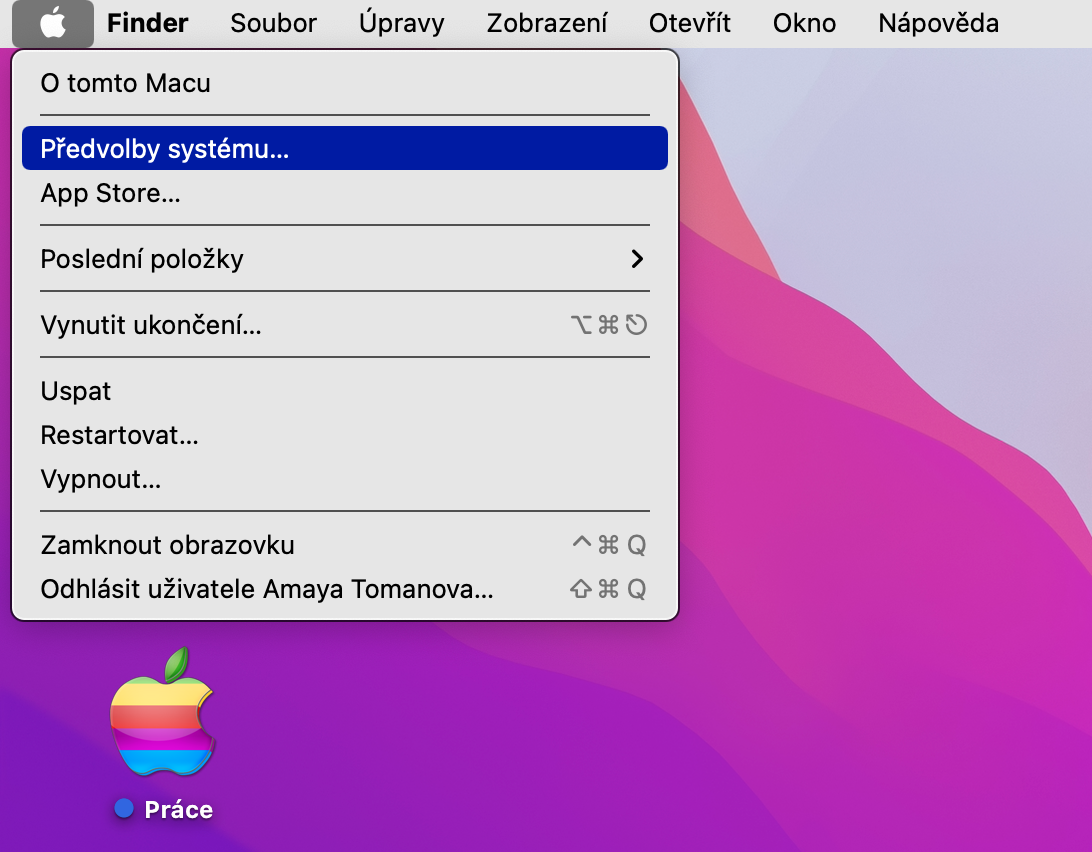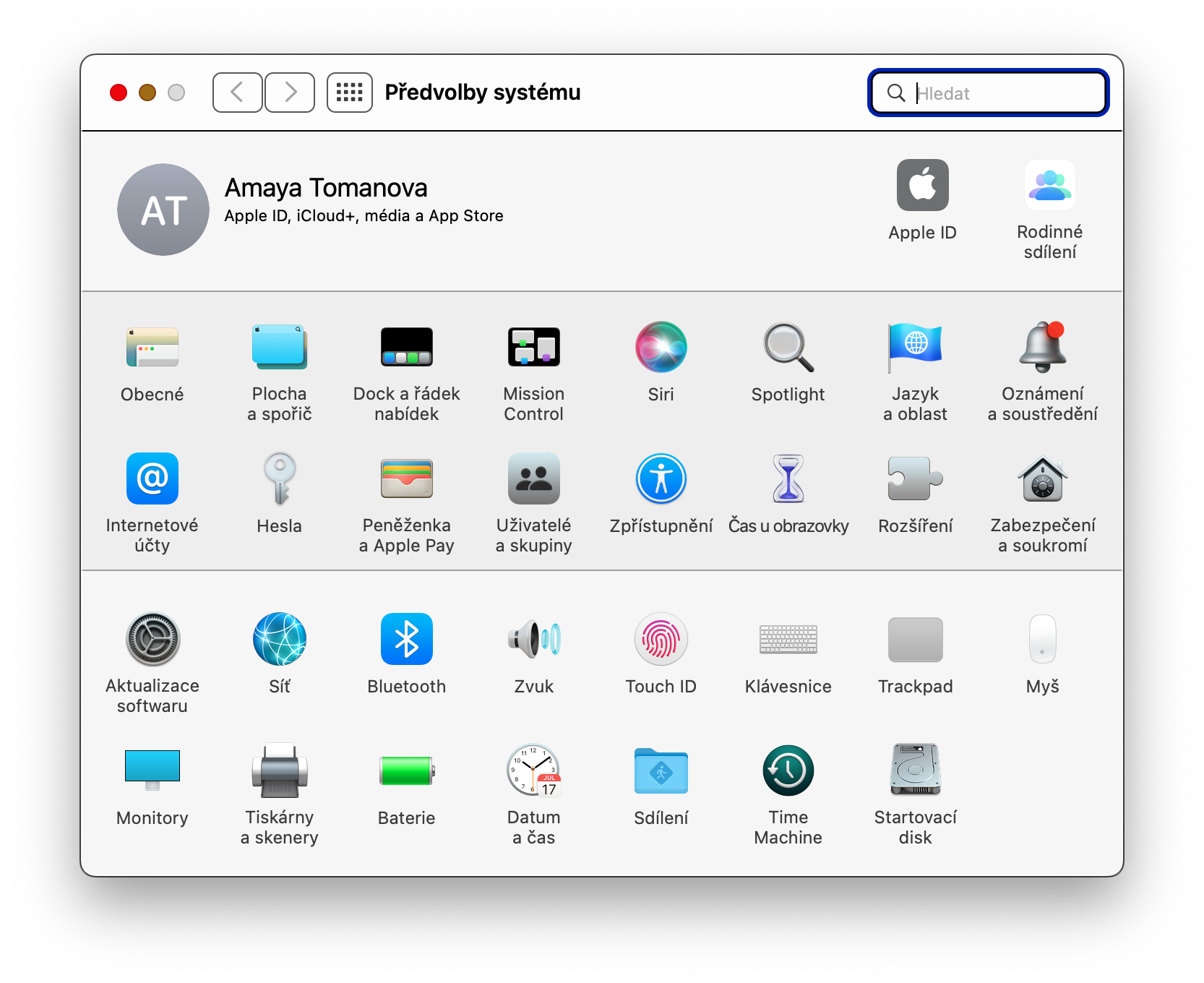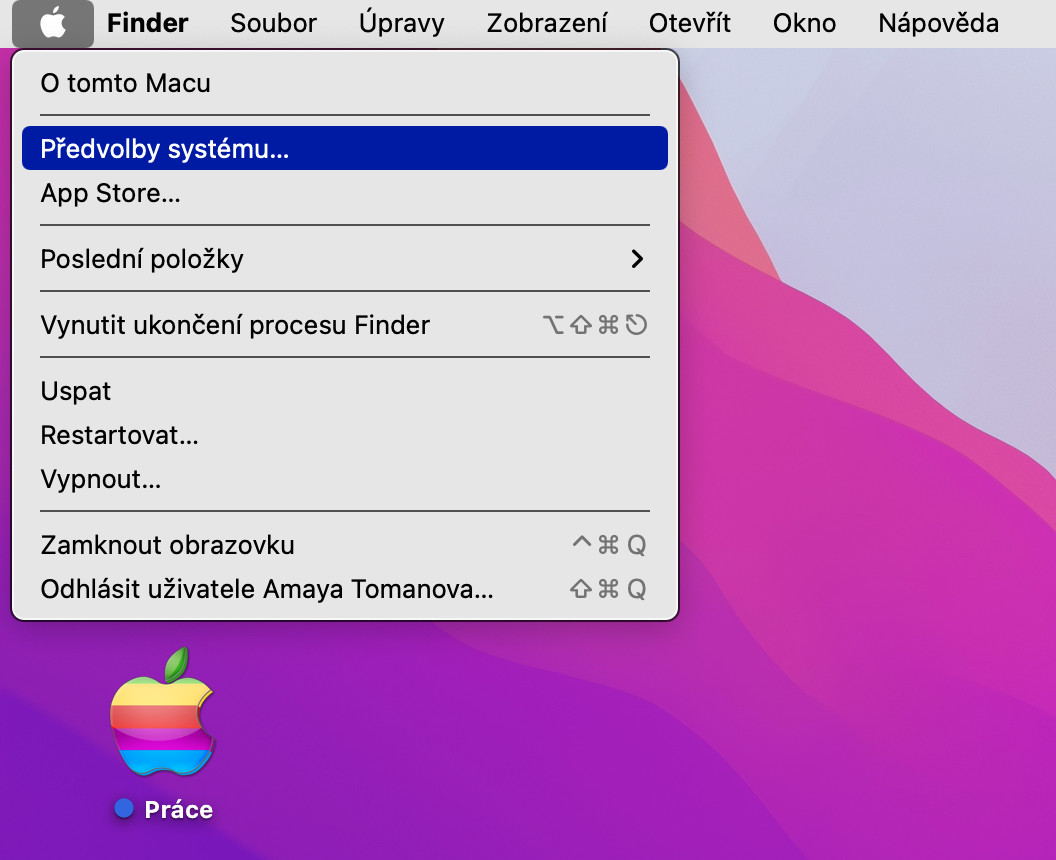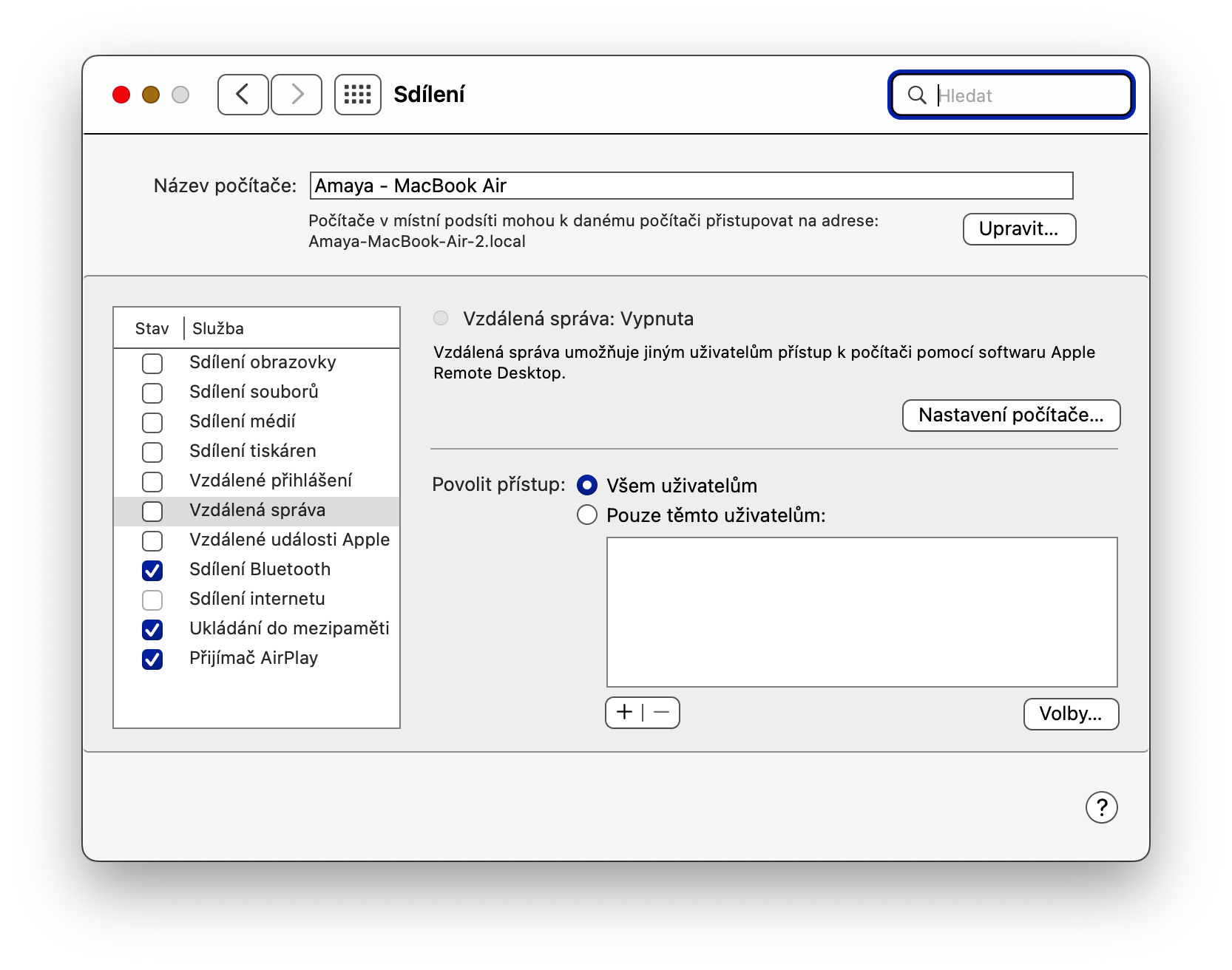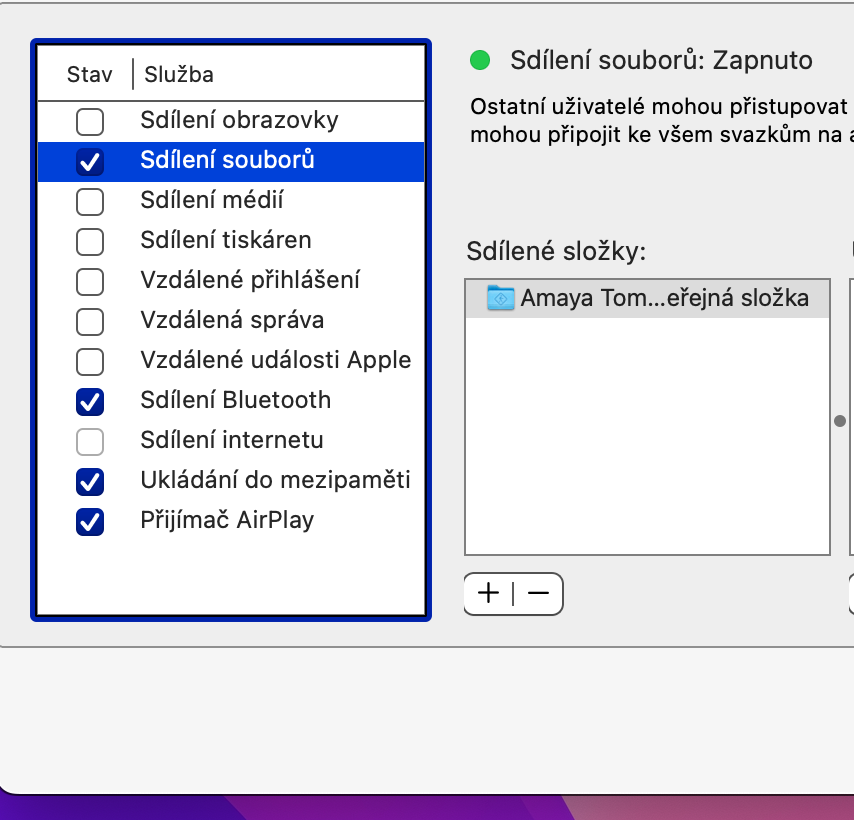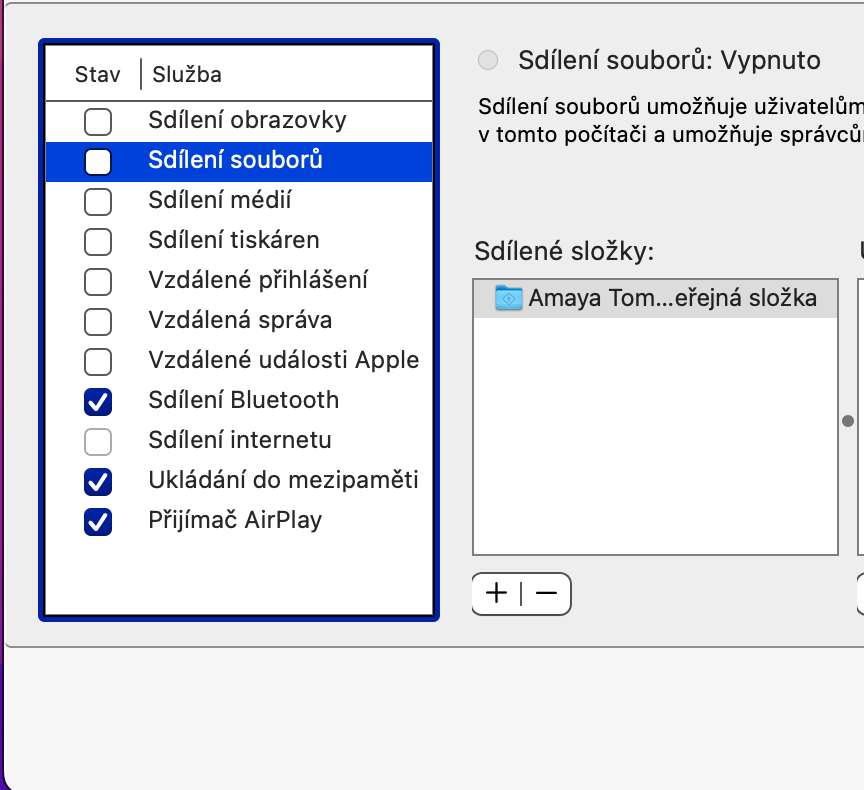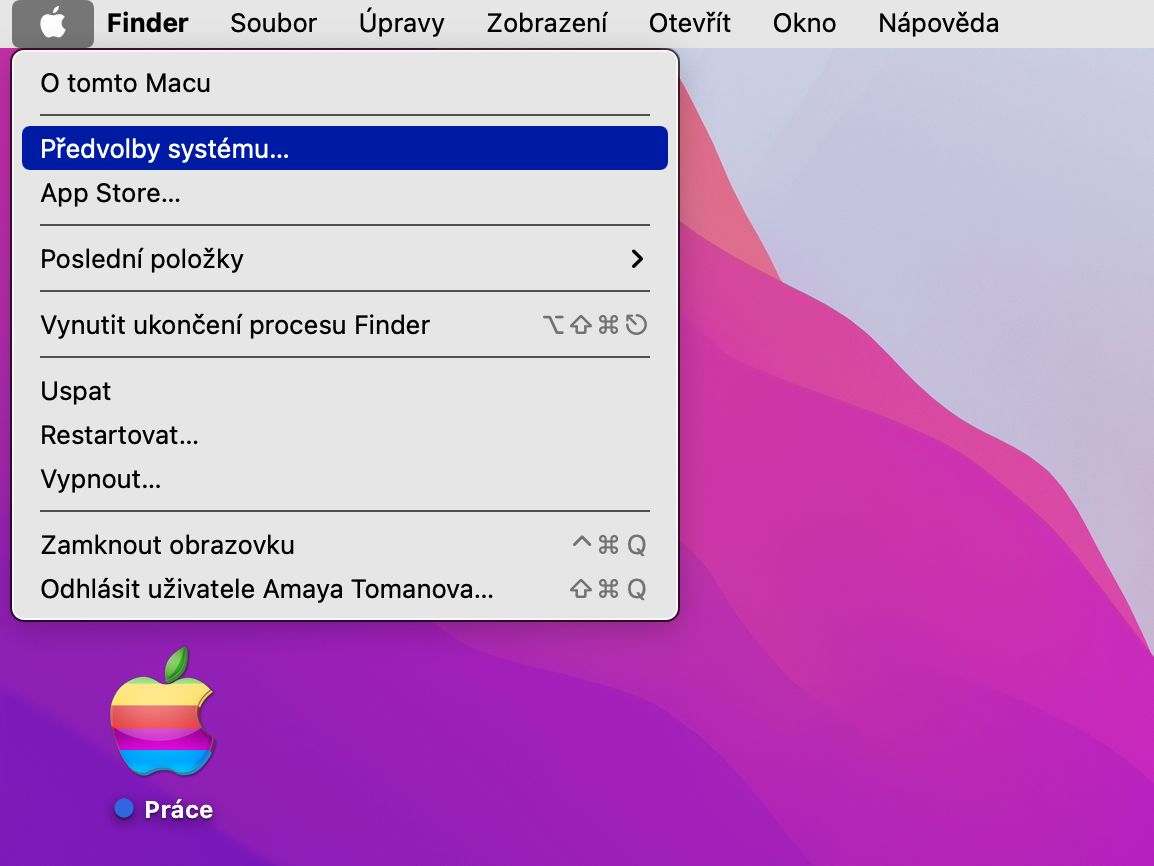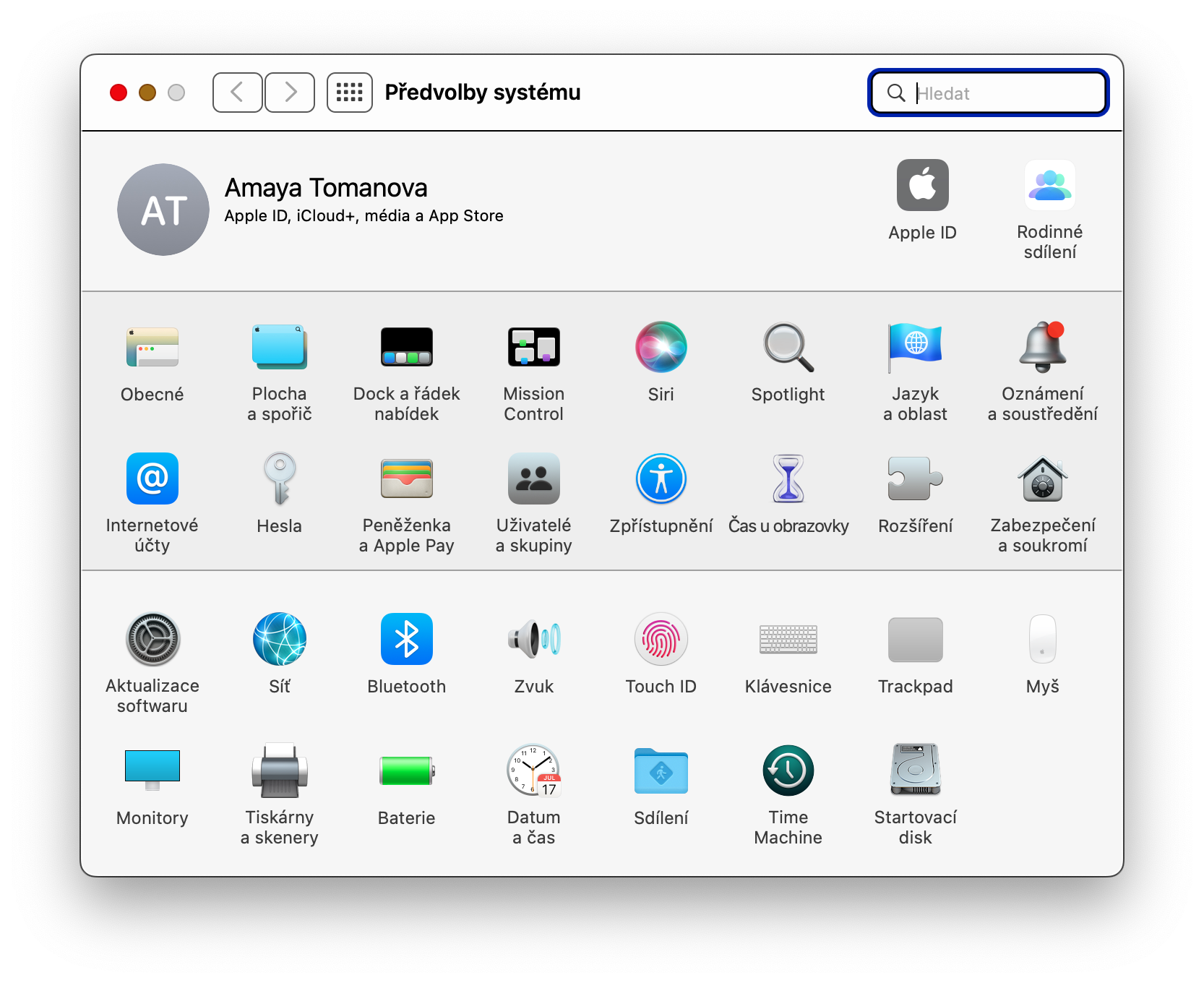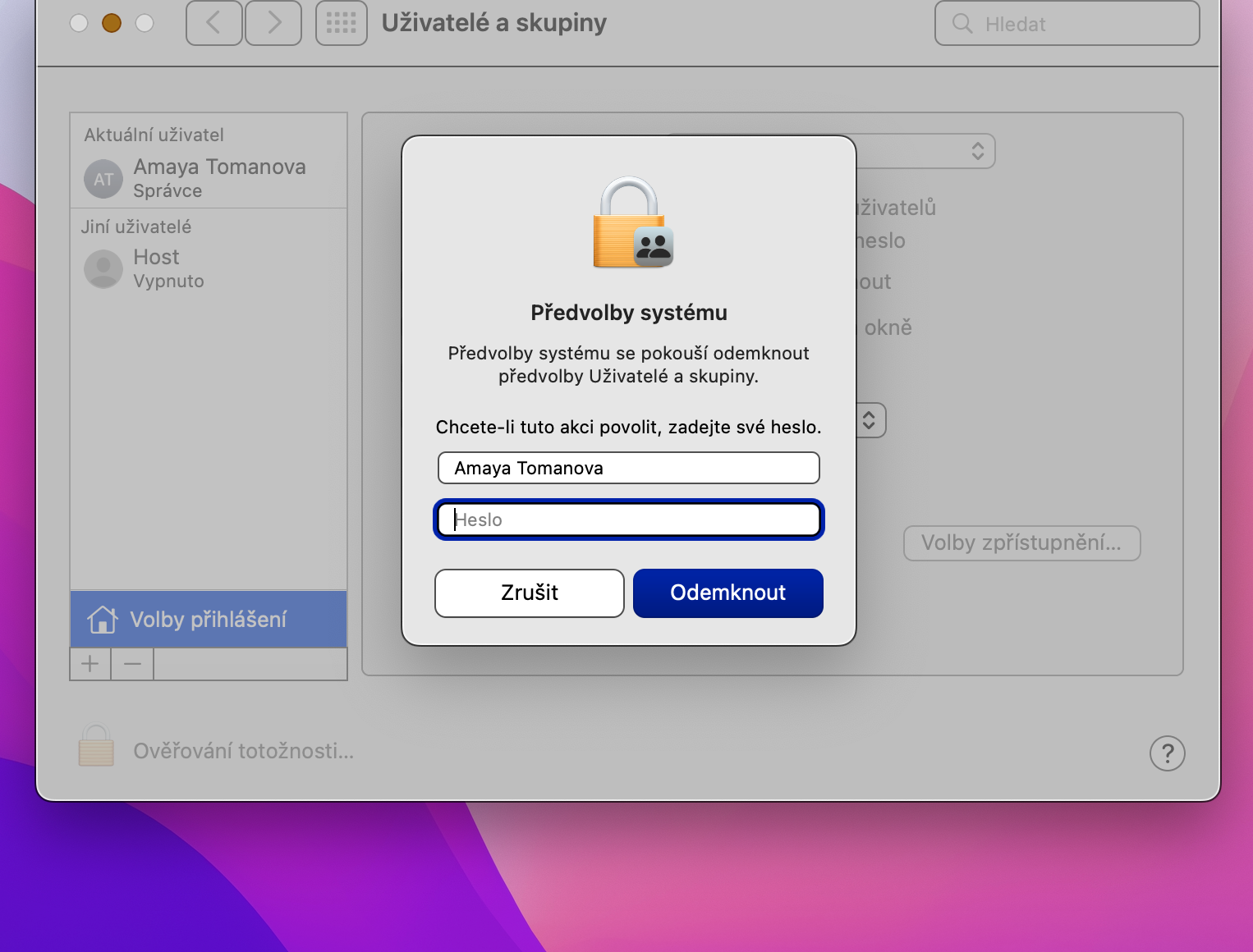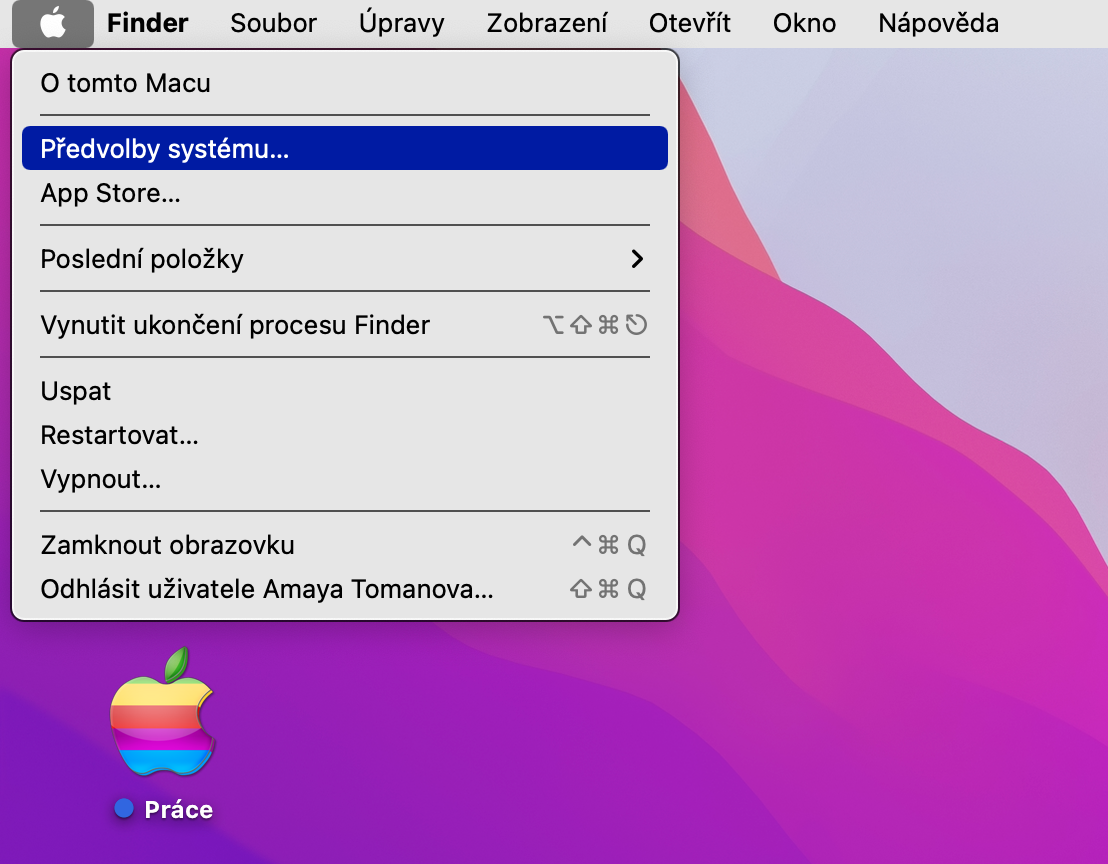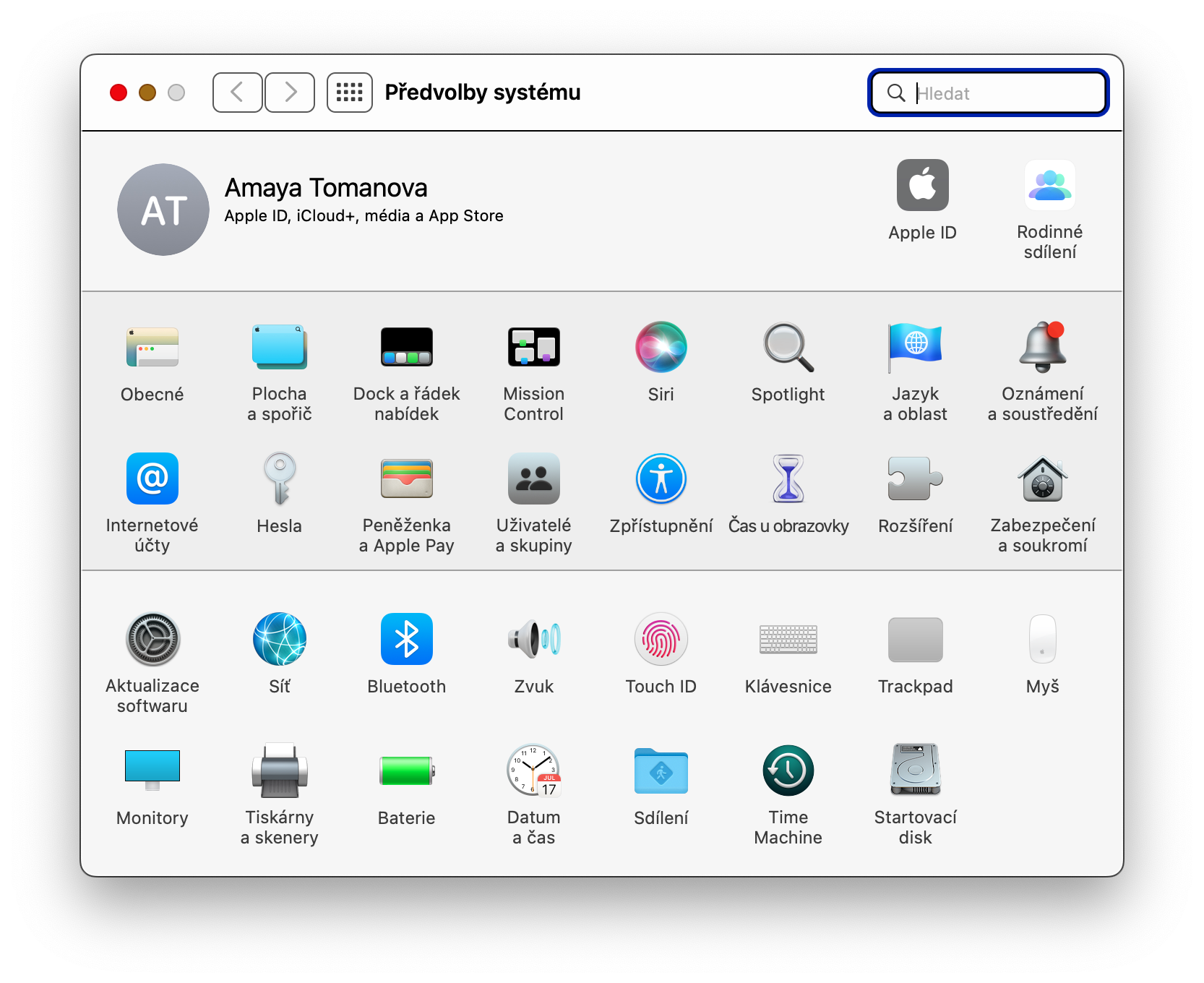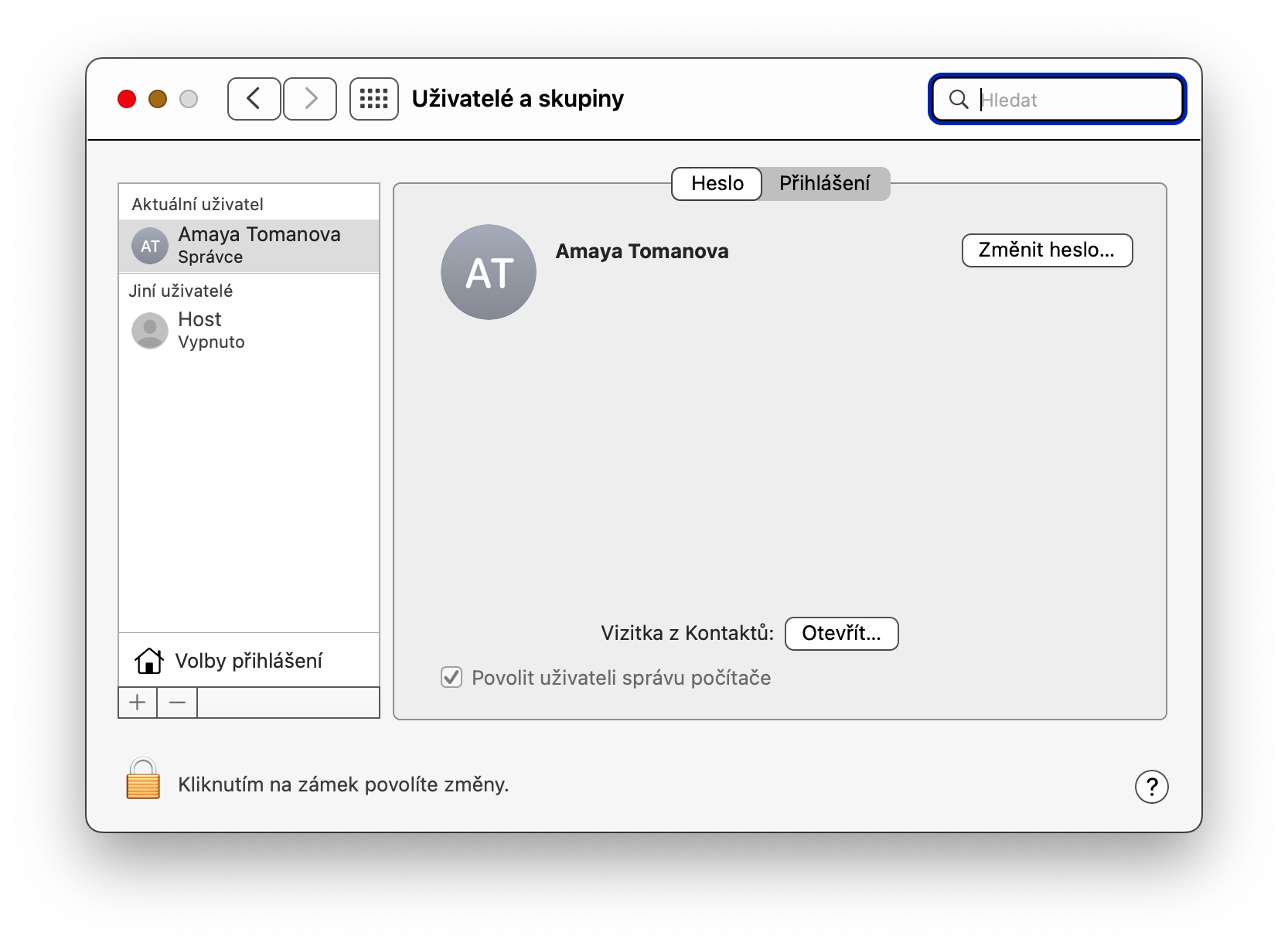Privacy and security are extremely important. This also applies to working on a Mac. If you are currently thinking about the ways in which you could increase the security and privacy of your Apple computer even more, we have several interesting tips for you.
It could be interest you
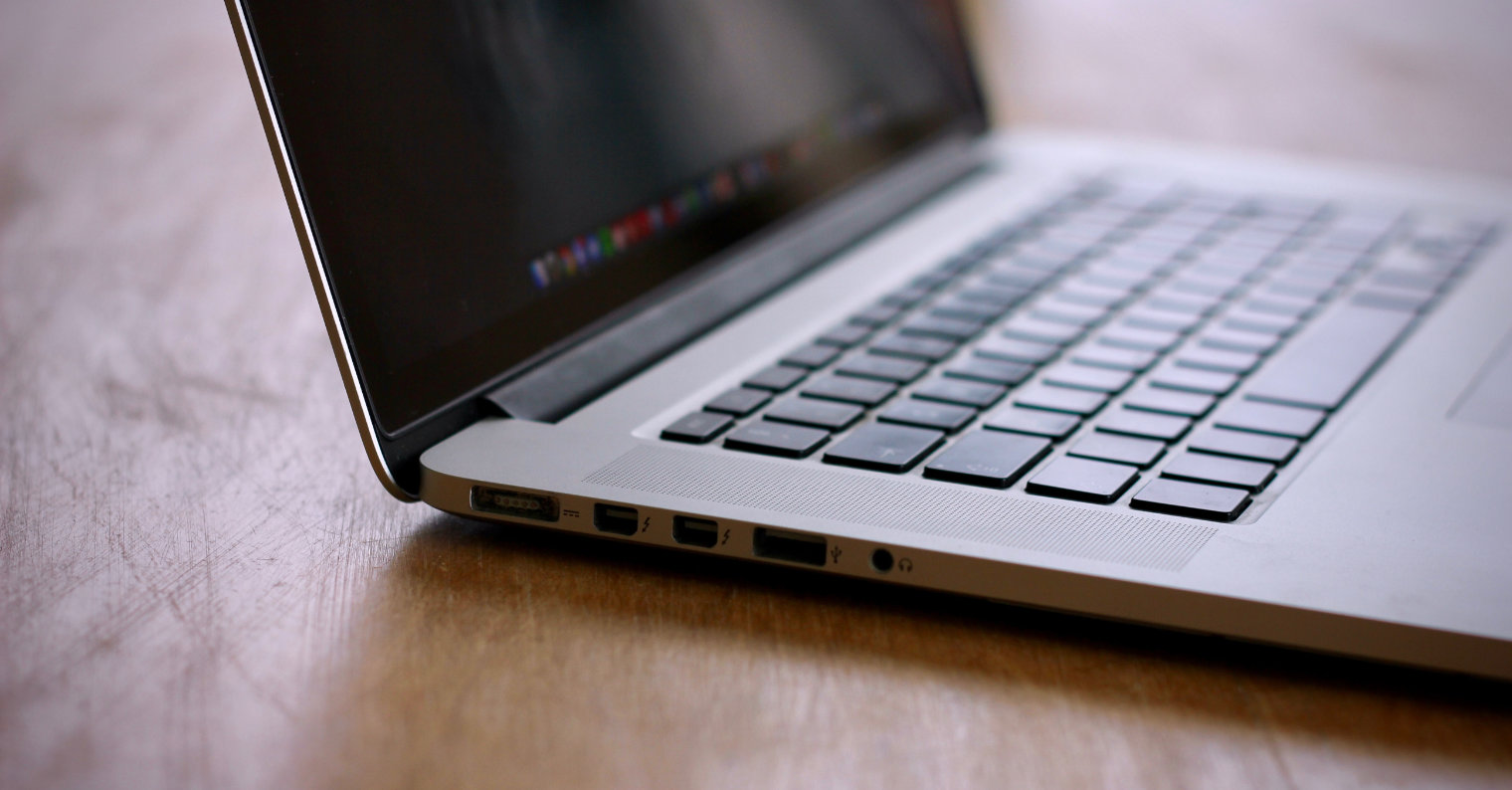
Require password
If you often run away from your Mac and come back to it, it's understandable that you want to be able to get back to your computer as soon as possible. Even so, it is a good idea to set a password requirement after a certain period of time. In the upper-left corner of your Mac screen, click menu -> System Preferences -> Security & Privacy. In the lower left menu of the window, click on the lock icon and confirm your identity. Then, in the drop-down menu under the item Require a password, select the appropriate option - ideally the Immediately option. You can also unlock your Mac use your Apple Watch.
Encryption via FileVault
If you have ever read any of our articles dedicated to recommended for novice Mac owners, you will surely remember that we constantly emphasize the importance of enabling encryption via FileVault. FileVault secures the data on your Mac with encryption, so you won't lose it if your computer is stolen. To enable FileVault, click the menu -> System Preferences -> Security & Privacy in the upper left corner of your Mac. At the top of the window, click the FileVault tab and turn on FileVault.
File sharing
Files on your Mac can be shared under certain circumstances and be visible to virtually everyone on the same network. If you want to check the visibility of files, first click on the menu -> System Preferences -> Sharing in the upper left corner of the screen. Finally, in the left panel of the window that appears to you, uncheck the item Files. You can then share individual files and folders manually if necessary.
Anonymous screen
When you turn on your Mac, by default you'll see a login screen with a list of user names. If the Mac were to be stolen, it wouldn't be difficult to deduce from this list who the administrator is, and then all a potential criminal would need to do is guess the password. If you don't want usernames to appear on your Mac's login screen, click the menu -> Privacy -> Users & Groups in the upper left corner of your Mac screen. In the lower left corner, click on the lock icon, confirm your identity, click on Login options and in the Show login window as section, select the option Name and password.
Automatic login
For most of you, this step will probably seem logical and self-evident, but there are those who have automatic login activated on their Mac and often have no idea about it. To disable automatic Mac login, click menu -> System Preferences -> Users & Groups in the upper left corner of the screen. In the lower left corner of the window, click the lock icon, confirm your identity, and then click Sign-in options. Then, in the upper part of the main window, select the option Off in the drop-down menu for the item Automatic login.

